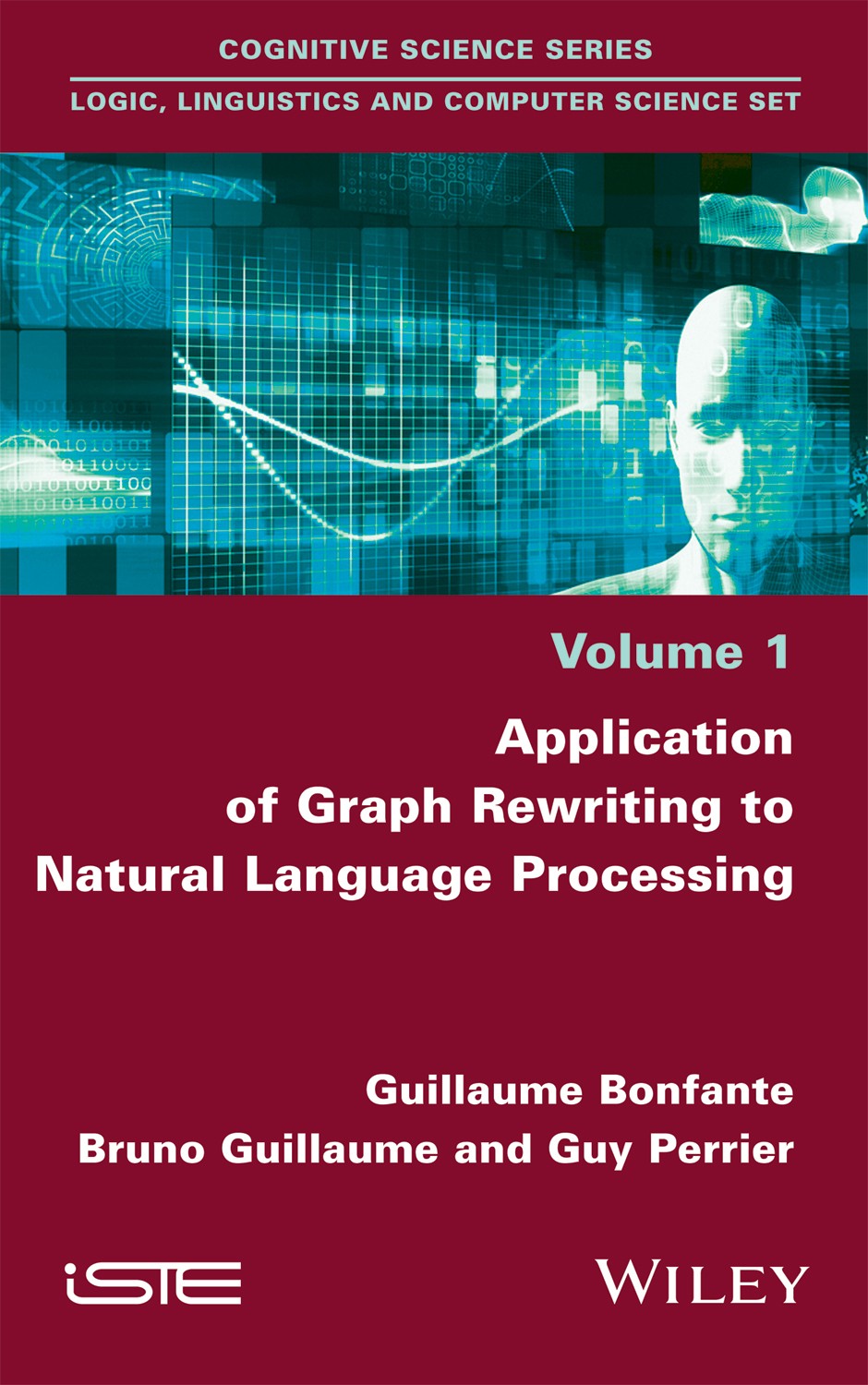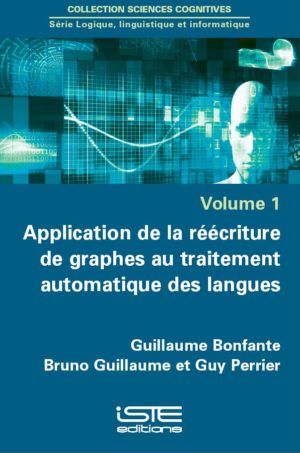
This book shows how graph rewriting can be used as a computational model adapted to natural language processing. Focus is placed on annotated corpora that play an increasingly important role within natural language processing and it is therefore interesting to present these annotations and their transformations within a common framework. All computations are carried out […]
This book shows how graph rewriting can be used as a computational model adapted to natural language processing. Focus is placed on annotated corpora that play an increasingly important role within natural language processing and it is therefore interesting to present these annotations and their transformations within a common framework. All computations are carried out by graph rewriting. The framework gives the user the freedom to express rules based on linguistic knowledge, graph rewriting does the rest.
Currently, there is no standard model for graph rewriting and, as such, the authors have conceived one that is specifically adapted to natural language processing, proposing their own implementation: the GREW system. The tool is then used for various large-scale applications (parsing, the passage from syntactic to semantic annotation, etc.).
1. Programming with Graphs.
2. Dependency Syntax: Surface Structure and Deep Structure.
3. Graph Rewriting and Transformation of Syntactic Annotations in a Corpus.
4. From Logic to Graphs for Semantic Representation.
5. Application of Graph Rewriting to Semantic Annotation in a Corpus.
6. Parsing Using Graph Rewriting.
7. Graphs, Patterns and Rewriting.
8. Analysis of Graph Rewriting.

